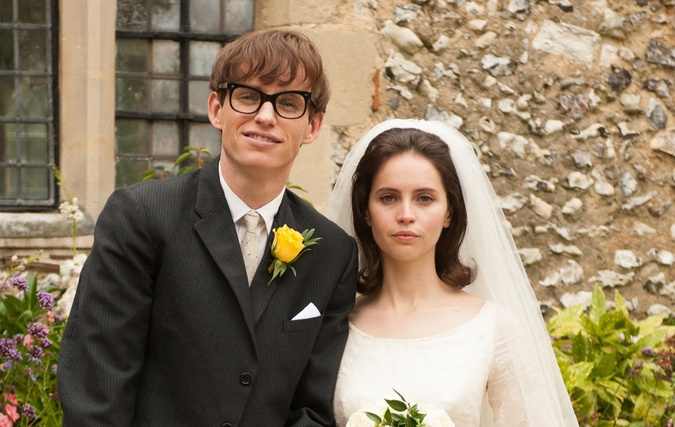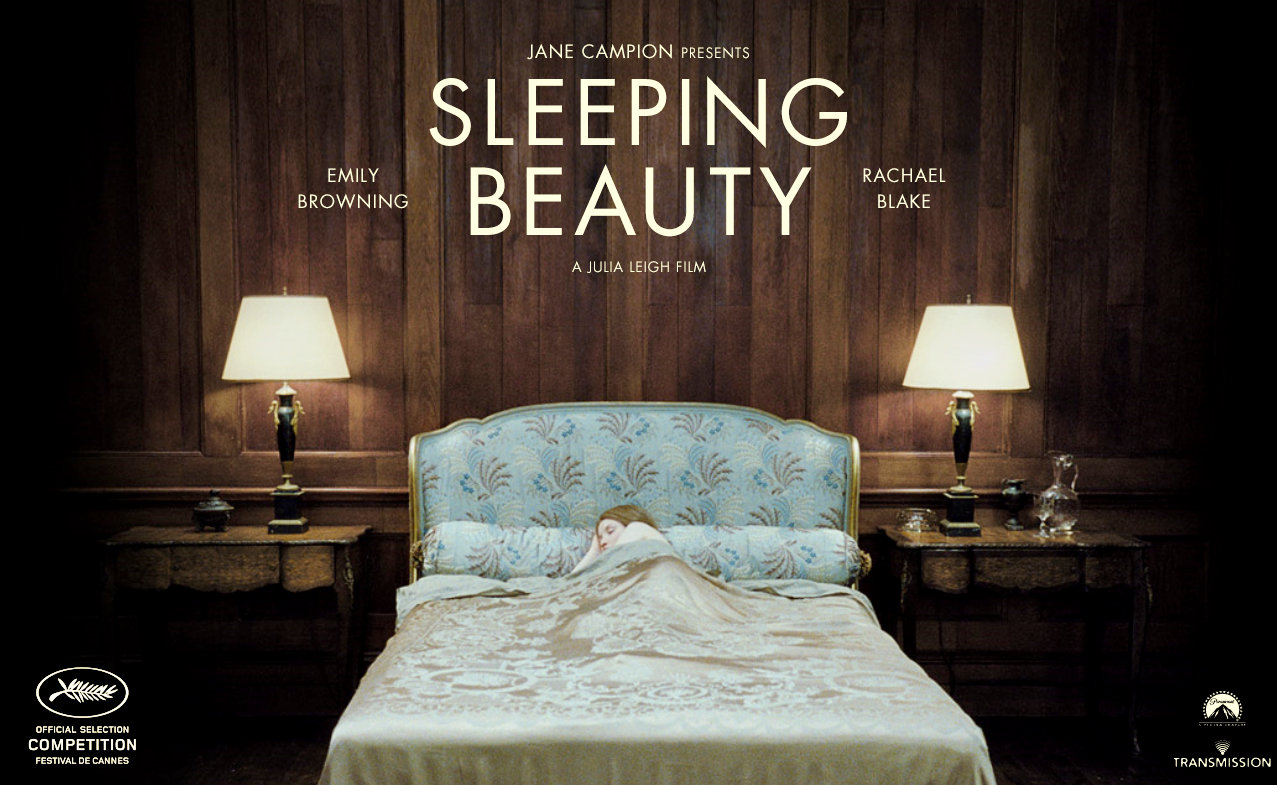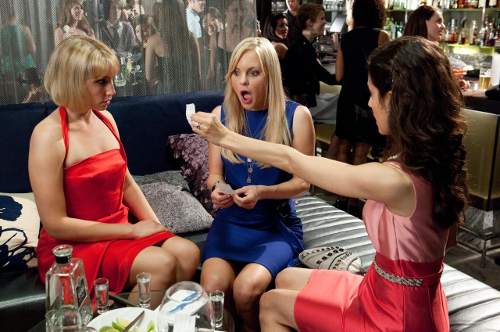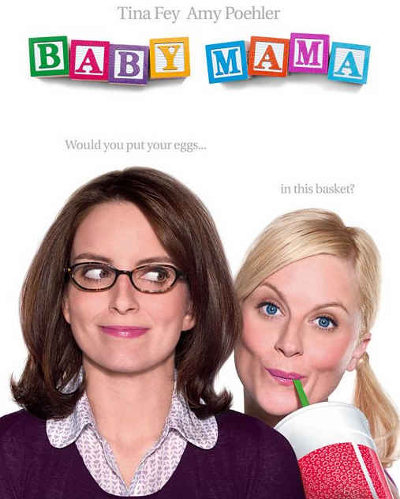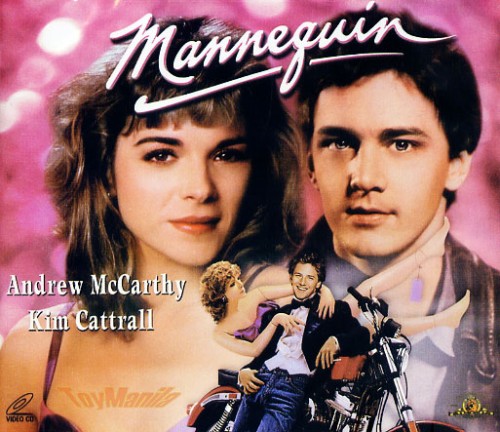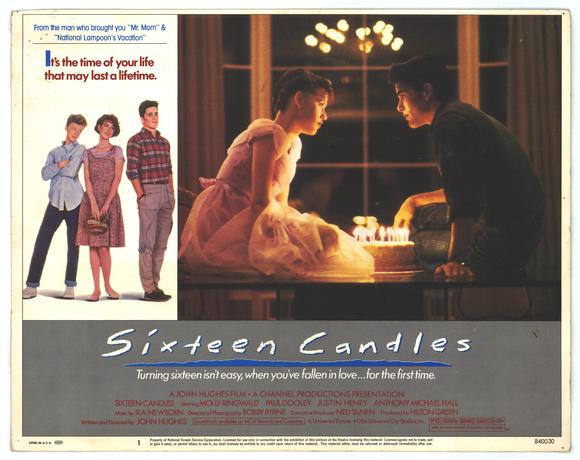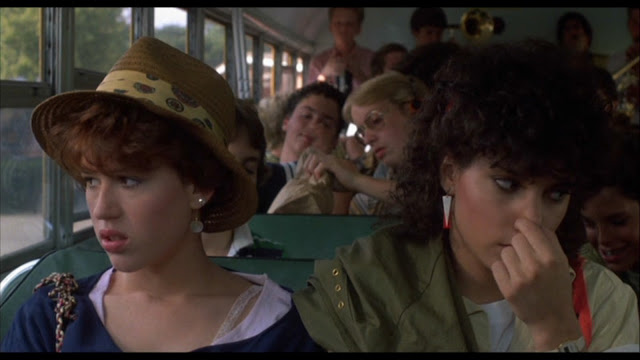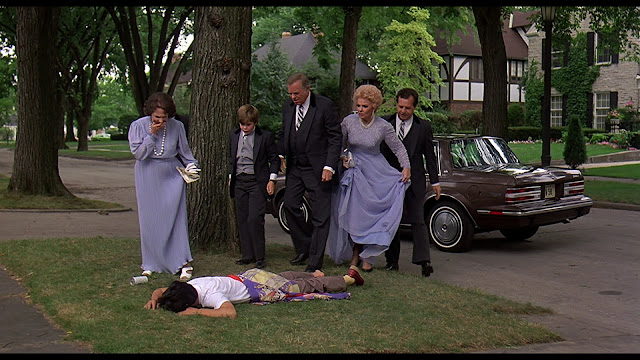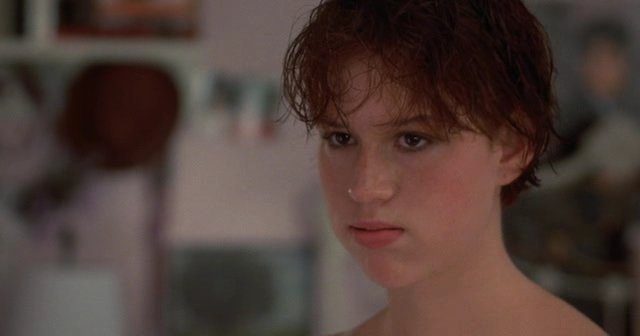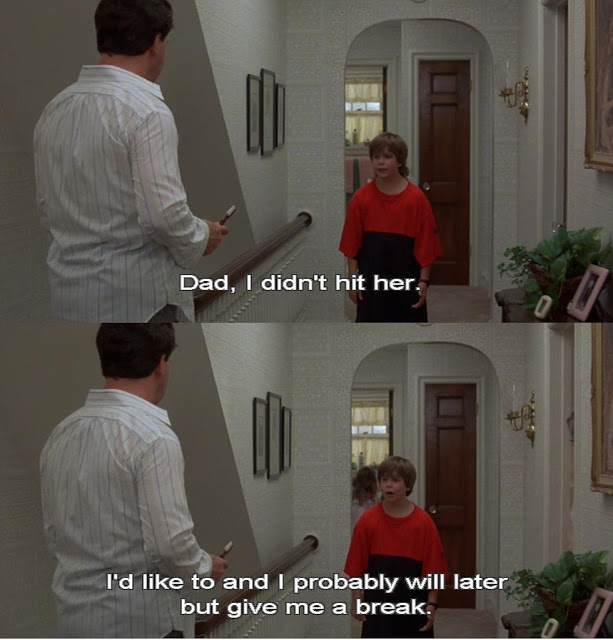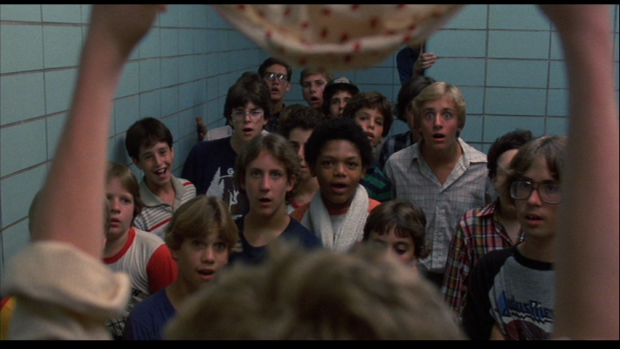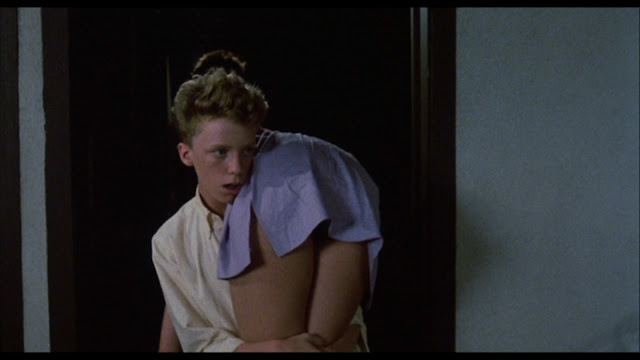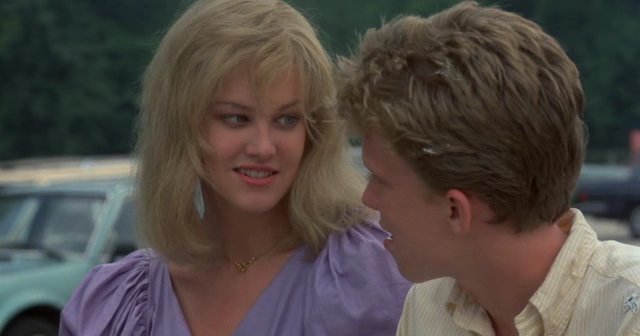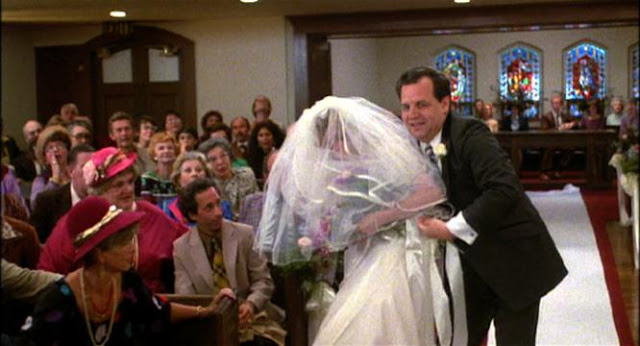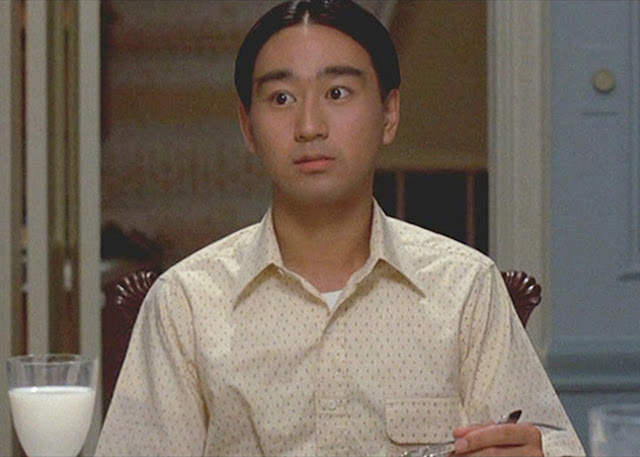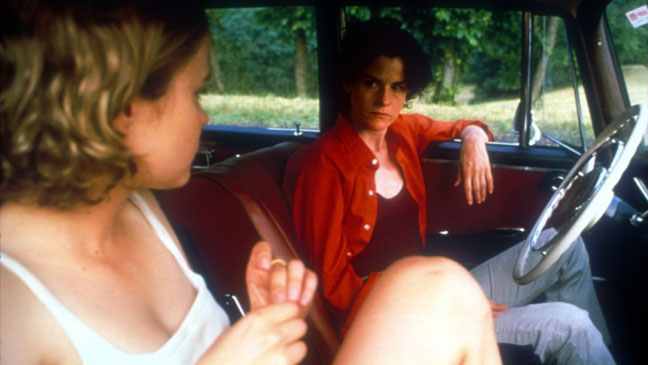About a decade ago, the powers that be were trying to make Beyoncé a movie star in films like Dreamgirls and that Austin Powers sequel where she wore a huge afro. But instead of going the way of Diana Ross (Beyoncé’s part in Dreamgirls was based on her life) with a film career fizzling after she was cast in roles that used fewer and fewer of the qualities that made her so compelling in her Lady Sings the Blues debut, Beyoncé abruptly cut back on film roles to concentrate on her music career. Her videos and award show performances have become increasingly cinematic–culminating in the stunning black and white video for “Drunk in Love” and her performance at the Video Music awards lit from behind with huge blazing letters that spelled out “Feminist.” She didn’t need to be cast in some white guy’s film to be a star in front of the camera.
I thought of Beyoncé often while watching writer-director Gina Prince-Bythewood’s (Love and Basketball) new film Beyond The Lights. The main character, pop star Noni (Gugu Mbatha-Raw) is supposed to remind us of Beyoncé, as well as Rihanna, with bits of Nicki Minaj, Lauren Hill, Britney Spears, and Lindsay Lohan thrown in. In early scenes we see her in elaborate videos wearing hardly any clothes, her skimpy outfits often incorporating glittering chains. She has first blonde, then purple, long flowing hair. We see her sing alongside a tattooed white rapper, Kid Culprit (Richard Colson Baker aka Machine Gun Kelly, who is like a taller, more current version of Eminem) while she wears shoes with heels so high it’s a marvel that she–or anyone–can walk in them, let alone dance. She wins an award and chugs champagne as she passes screaming, adoring crowds on the way to her limo. She tells the paid detail cop, Kaz (Nate Parker), outside of her hotel room not to let anyone disturb her, so he shuts out two of her hangers-on but relents to let in her controlling mother, Macy (Minnie Driver). When he hears Macy scream, he goes into the room himself where he sees that Noni is seated on the railing of her hotel balcony, many stories up, ready to jump.
This film is the second one this year in which a Black woman director (with a script from a Black woman screenwriter) has cast Mbatha-Raw as the essential center of a film (the art house hit Belle was the first), and she rewards their faith by giving her all. In contrast to the Jane-Austen-like romantic intrigue in Belle, in Lights she’s a powerhouse, utterly convincing as Noni (if she had faltered for even a moment the film would devolve into camp) whether she’s dancing in a tightly choreographed award show performance, singing (Mbatha-Raw’s voice is the one we hear during all of Noni’s songs: the film has been billed as a love story but doubles as a musical), interacting with other characters, or doing all three: during the award show appearance we see her expressive face send clear messages to both Kaz, who is in the wings and Kid Culprit, who is performing onstage with her. Prince-Bythewood also seamlessly and sometimes wittily incorporates into the film the modern media landscape: music videos, award shows, talk shows (we see two appearances from famous chastiser of his fellow Black people, Don Lemon), Youtube and Twitter, which perhaps shouldn’t be an unusual achievement, but is.
After a summer marked by the incidents in which white police officers killed unarmed Black people, having a Black police officer as the hero may not be the best fit. But Parker is believable and likeable in the role–and like Mbatha-Raw embodies the character with touching sincerity. He does so even in scenes like the one in which he wraps Noni’s cut hand in the shirt off his back, a flimsy excuse for us to ogle his flawlessly muscled chest, abs, and arms. When this moment came the audience I saw the film with laughed–so did I–but none of us did so in a derisive way.

Minnie Driver as Macy, Noni’s hard-driving manager-mother gets a big speech near the end (the big speeches in this film, like contractions in labor come closer together as it speeds toward its conclusion) in which she explains the desperation behind her ambition for her daughter, but we in the audience never manage to see that desperation ourselves, just the steely mask of Driver’s face. She never really softens, not even in a scene when she asks Noni, “When did you ever tell me that you didn’t want this?”
And Noni answers, “When I was on that balcony.”
While watching most films and TV shows–especially those that take place in Los Angeles and New York–I’ve wondered if anyone associated with the production ever looked up and noticed they were surrounded by Black and brown people–who were neither homeless nor worked in cleaning or wait staff positions. Beyond The Lights is one of the few recent films I’ve seen (besides Dear White People) which takes for granted that Black people, especially Black women, are everywhere; they’re not just entertainers but also political consultants and hairdressers. When Kaz is saving Noni he chants, “I see you. I see you. I see you.” Apparently a Black woman director is one of the few people who can see all the Black women in real life who aren’t “the help.”
I should confess that I dislike most mainstream films. I hated The Devil Wears Prada, which marks the last time I ever believed critics’ raving about a multiplex hit with a woman protagonist. But at Beyond The Lights, I had almost as much fun as I did watching Snowpiercer. Lights reminded me of the old ’80s TV series Dynasty (although the story has a somewhat different setting) with better acting and a bigger budget: a compilation of confrontations between beautiful people in (and out of) beautiful clothes: the film even has a scene in which one woman slaps another, echoing Dynasty’s famous fights between women. Parker and Mbatha-Raw have great chemistry together, shown most memorably in a love scene that has Beyoncé’s “Drunk In Love” playing on the soundtrack. Beyond The Lights gives the audience many other simple pleasures and, at least for its duration, makes us wonder what else we could ever want from the movies.
[youtube_sc url=”https://www.youtube.com/watch?v=sfcfZn8nq3w”]
___________________________________
Ren Jender is a queer writer-performer/producer putting a film together. Her writing. besides appearing every week on Bitch Flicks, has also been published in The Toast, RH Reality Check, xoJane and the Feminist Wire. You can follow her on Twitter @renjender


